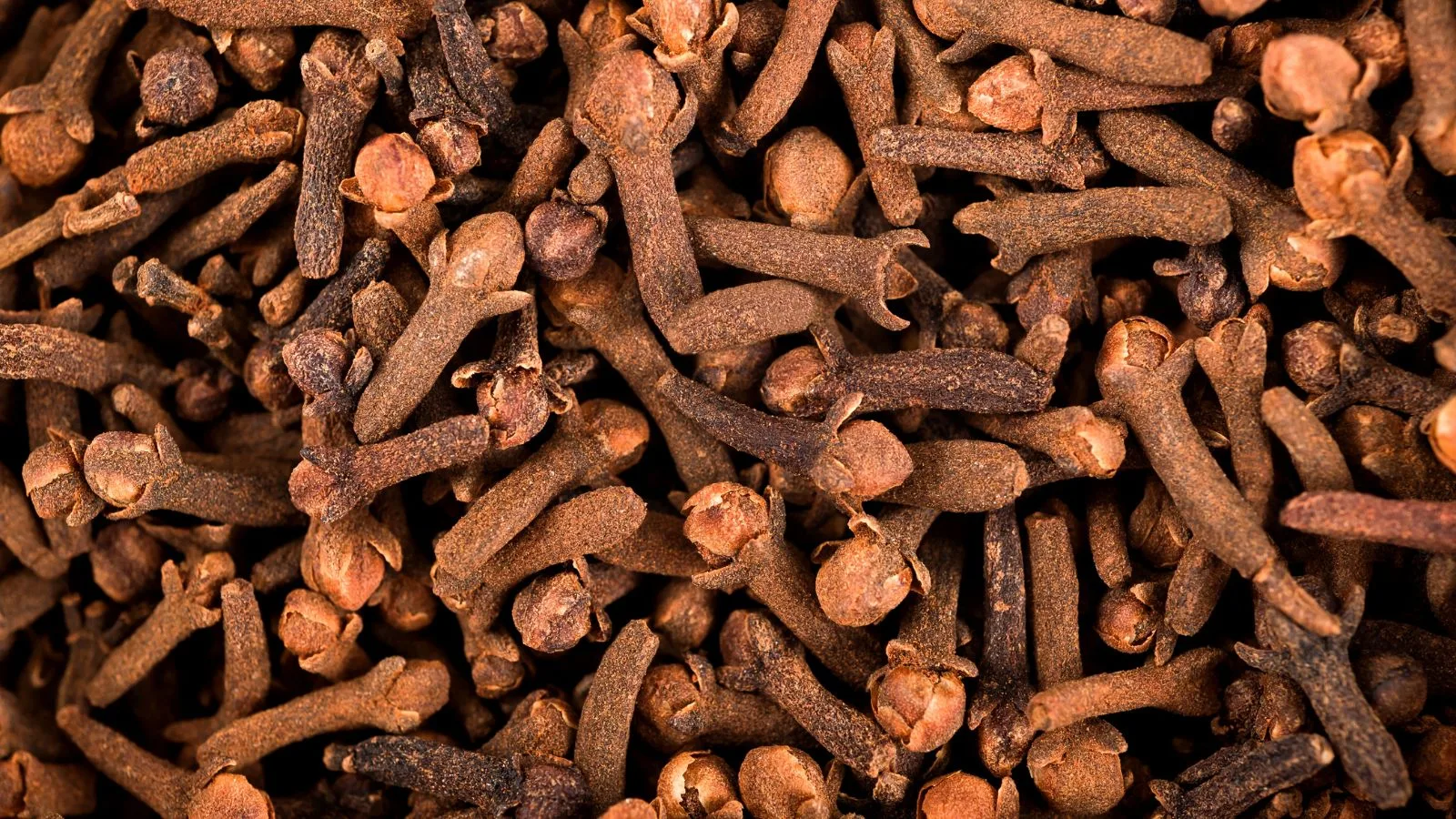Fennel (Foeniculum vulgare) is a highly aromatic and flavorful herb used in culinary and medicinal applications. It belongs to the Apiaceae family and is widely cultivated across various regions for its seeds, leaves, and essential oil. Traditionally, fennel has been used to treat digestive issues, respiratory disorders, and menstrual irregularities.
Scientific Classification
- Kingdom: Plantae
- Phylum: Angiosperms
- Class: Eudicots
- Order: Apiales
- Family: Apiaceae
- Genus: Foeniculum
- Species: Foeniculum vulgare
Common Names
- English: Fennel
- Sanskrit: Shatapushpa
- Hindi: Saunf
- Tamil: Perunjeeragam
- Telugu: Sopu
- Bengali: Mouri
- Marathi: Badishep
Traditional and Medicinal Uses
- Digestive Health – Acts as a natural carminative, relieving bloating, indigestion, and gas.
- Respiratory Benefits – Works as an expectorant, helping clear mucus and ease cough and bronchitis.
- Menstrual and Reproductive Health- Functions as an emmenagogue, aiding in menstrual regulation and reducing cramps.
- Antioxidant and Anti-inflammatory Properties – Rich in flavonoids and phenolic compounds, providing anti-inflammatory effects.
- Lactation Enhancer – Traditionally used to promote breast milk production in nursing mothers.
Phytochemical Constituents
- Essential Oils: Anethole, Estragole, Fenchone
- Flavonoids: Quercetin, Kaempferol
- Phenolic Compounds: Rosmarinic acid, Caffeic acid
- Alkaloids: Umbelliferone, Bergapten
References
Ayurvedic Pharmacopoeia of India (API), Govt. of India.
Sharangdhar Samhita, Chapter on Digestive Disorders.
Kamatou, G.P.P., Vermaak, I., & Viljoen, A.M. (2013). “An updated review of Foeniculum vulgare essential oils: Phytochemistry and biological activities.” Journal of Ethnopharmacology, 146(3), 508-513.
European Pharmacopoeia, 10th Edition, Council of Europe.
Rahimi, R., & Ardekani, M.R. (2013). “Medicinal properties of fennel (Foeniculum vulgare): A systematic review.” Journal of Phytotherapy Research, 27(6), 897-916.
Chopra, R.N., Nayar, S.L., & Chopra, I.C. (1956). Glossary of Indian Medicinal Plants. CSIR, New Delhi.













